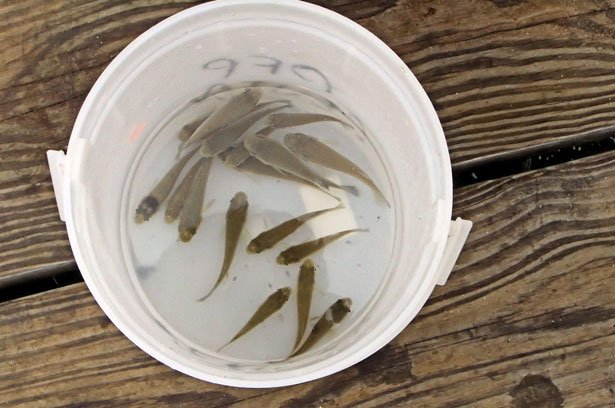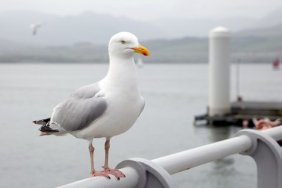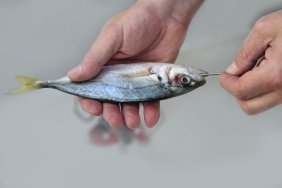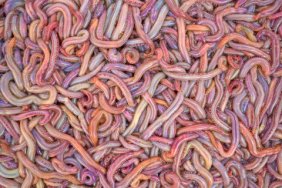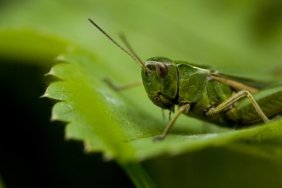Millions of anglers regularly use live bait each season, but few understand how important it is to dispose of their bait properly at the end of a day on the lake or river.
Improper handling of live bait, especially minnows and nightcrawlers, can adversely affect the ecosystem in ways that are not immediately evident.
RELATED: How to Hook Live Bait Correctly
With minnows, problems result when anglers dump their remaining bait into the water when they are done fishing. A single bait dealer typically harvests minnow species from a variety of ponds, wetlands and streams, and chances are good that some of those species are not native to the lakes or rivers anglers commonly fish. What’s more, many of the species of minnows are hard to identify and releasing non-native minnows can introduce species that are not native to a lake.
One example of a problem minnow species is the stickleback, which is commonly found in minnow buckets. The stickleback does not have many predators, because of their spines, and they routinely compete with other small fish. The long-term result of introducing sticklebacks to a lake could be a drop in the population of minnow species that crappies, walleyes and bass depend on for food, which could adversely affect the game-fish populations.
RELATED: 4 Reasons Why Worms are the Best All-Around Bait
To reduce the odds of contributing to an ecological chain reaction, anglers can simply dispose of their minnows properly. The best way to dispose of minnows is to bury them or put them in the waste.
Just as minnows should be disposed of properly, nightcrawlers and other earthworms also need to be thrown in the trash, rather than released.
Much to the surprise of many anglers, earthworms are not native to much of North America. Worms found in the wild often came here from Europe and Asia, and they present a threat to the hardwood forests, wildflowers and ferns.
The earthworm invasion disrupts the natural flow of the ecosystem, because many hardwood forests adapted to an earthworm-free environment. The earthworms quickly break down the duff (a spongy layer of organic material on the ground), which needs to break down slowly for hardwood trees and wildflowers to flourish. The earthworms’ work prevents seedlings and wildflowers from growing, and can lead to soil erosion and the leaching of vital nutrients from the soil.
Anglers are major contributors to the spread of earthworms, but they also can play an important role in stopping their spread. Without the aid of human transport, earthworms only move about 1/2 mile every 100 years.
Studies have shown that many anglers hate the thought of killing live bait, so to reduce their feelings of guilt, they release it. This may seem like the easy way out, but releasing live bait can actually cause more harm to the ecosystem, including game fish. Disposing of bait the right way will help ensure that you are not contributing to an ecological problem.
Photo credit: Publicdomainpictures.net
